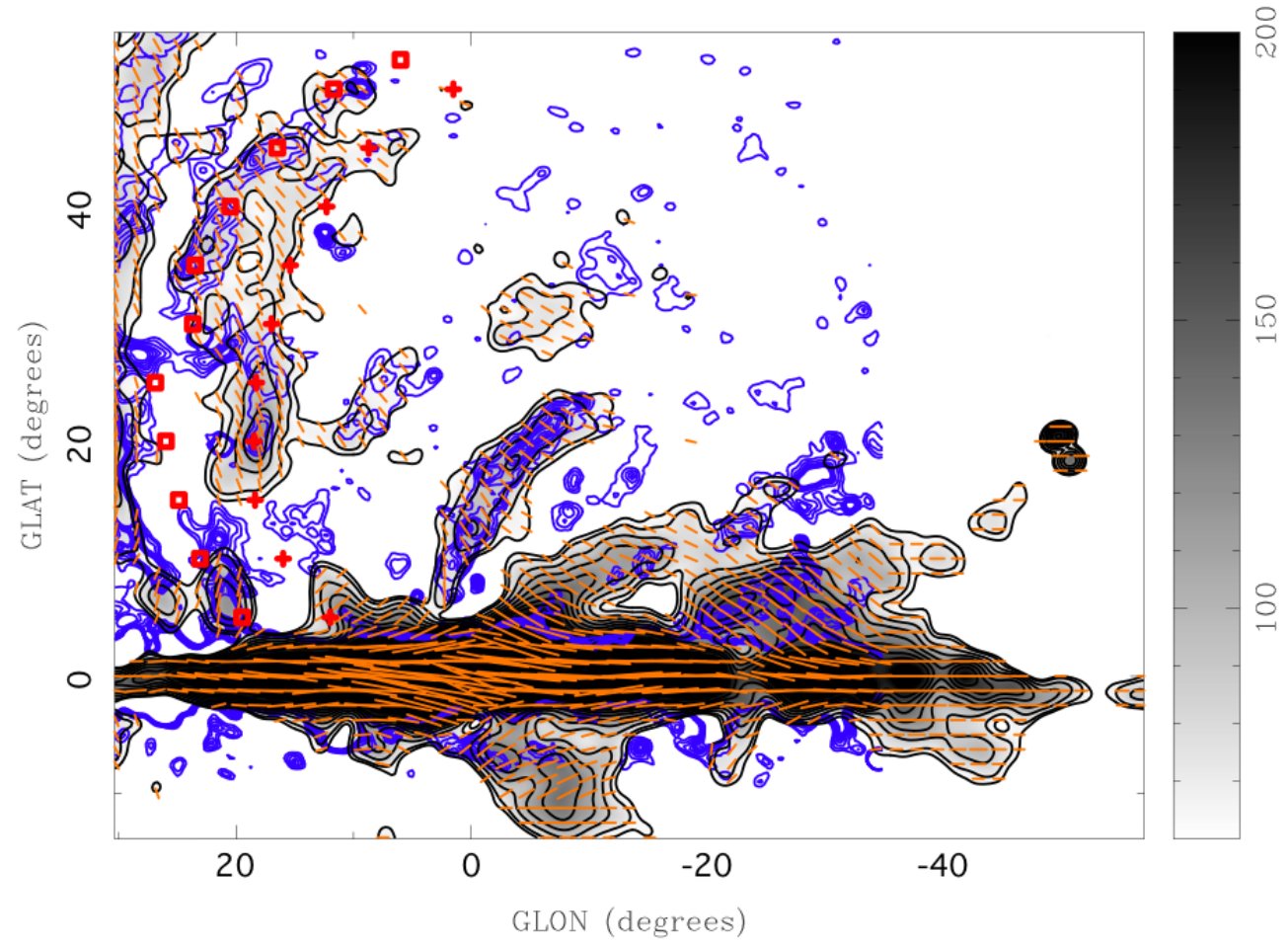| Description: | The recent discovery of enormous, bi-lateral bubbles of gamma-ray emission (the so-called Fermi Bubbles) accompanying a smaller haze of microwave emission (the WMAP haze) seemingly centred on the Galactic centre has reinvigorated studies of the closest example of a Galactic nucleus. Since then, many theories have been proposed as to the origin of these structures, which are difficult to describe coherently due to their hard spectrum and relatively uniform emission. Broadly, these theories fall into two camps: accelerated electrons (either in-situ or transported from, say, the Galactic centre) produce both the GeV gamma rays and the microwave emission, or that protons are accelerated elsewhere, most likely in the Galactic centre, and are transported around -- and confined within -- the Bubbles, presumably via a wind/outflow. In this talk I will review the observational underpinnings of the Bubble's existence, the outline the various theories proposing their existence, show new evidence that possibly favours the protonic scenario and describe future efforts at uncovering the origin, both theoretically and morphologically of some of the largest structures in our Galaxy.
Figure Caption: Image from Jones, et al. (2012, ApJL, 747, 12) of the northern section of the recently-discovered Fermi Bubbles. It is comprised of WMAP 23 GHz (K-band) polarized intensity overlaid with (black) contours of the same at 70, 88, 105, 123, 140, 158, 175, 350, 530, 700, 878, 1054, 1230, 1400, and 1580 micro-K; (blue) 408~MHz contours at levels of 6, 8, 10 and 12 K. Also plotted are vectors with length proportional to the polarized intensity and orientation at 90 degrees to the observed polarization direction (i.e., tracing the magnetic field orientation). The 408 MHz image has had the large-scale emission filtered above 2.0 degrees (i.e., the size of the Gaussian beam of the large-scale emission image). The Fermi Bubble edges are indicated by the crosses, whilst the inner and outer northern arcs are denoted by squares and circles respectively. |

